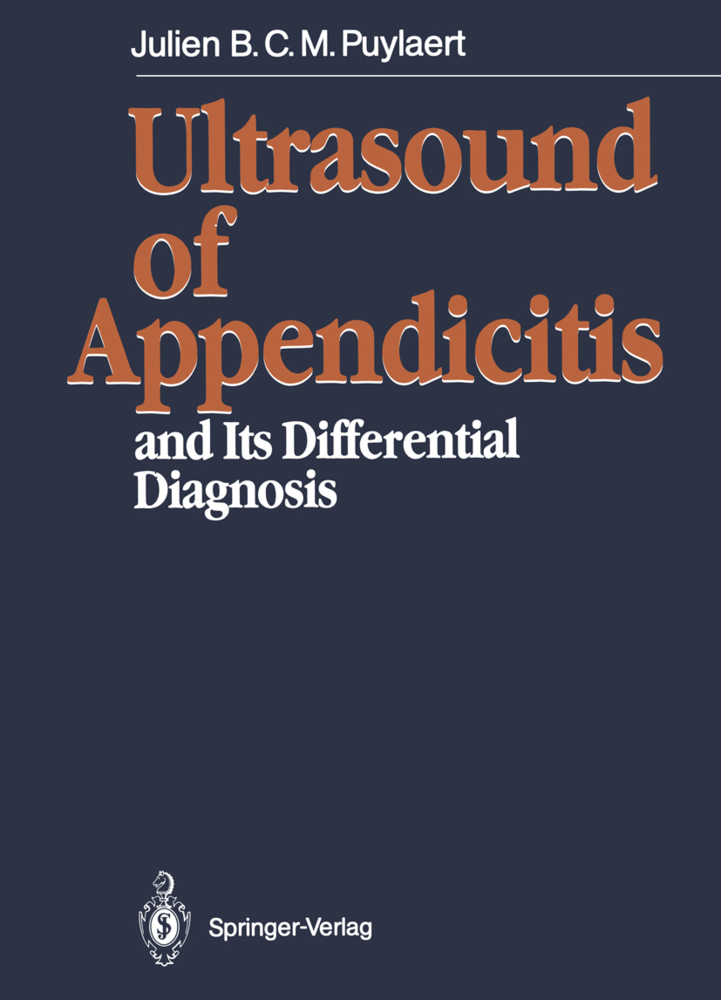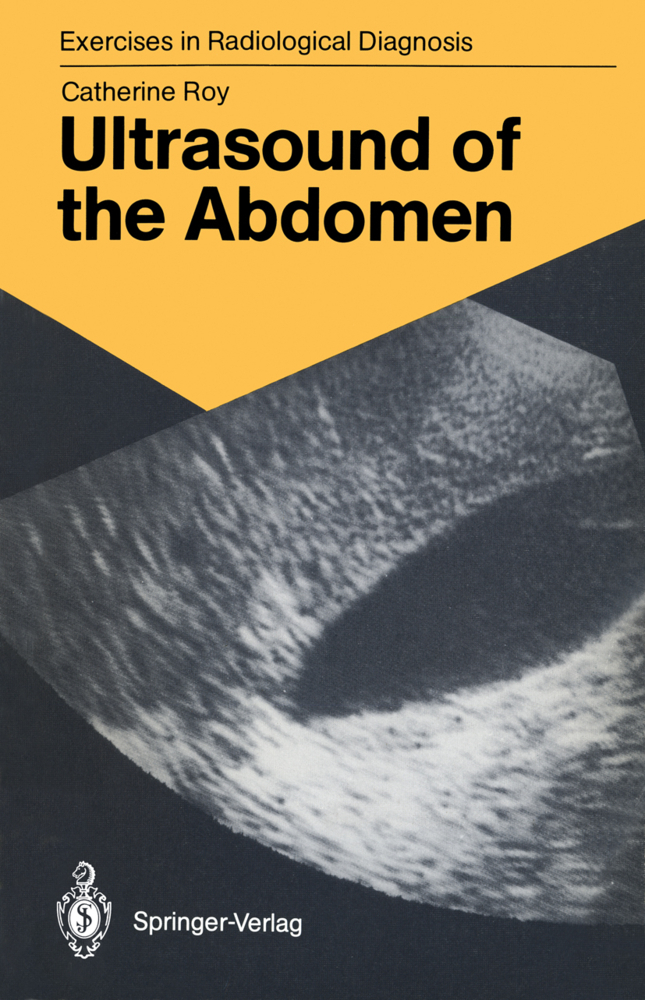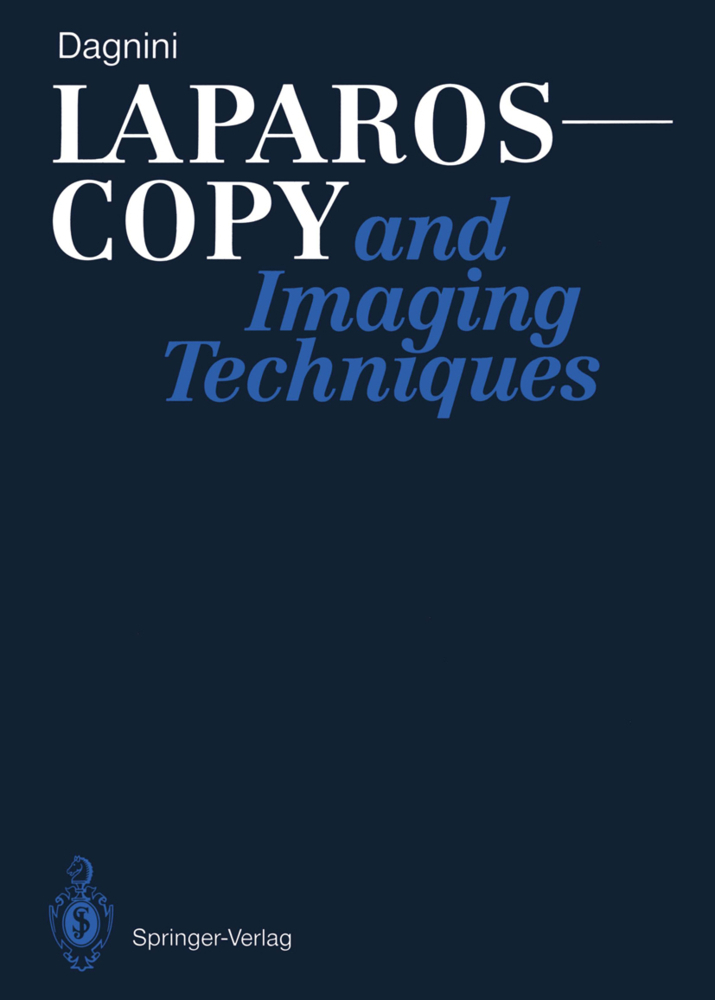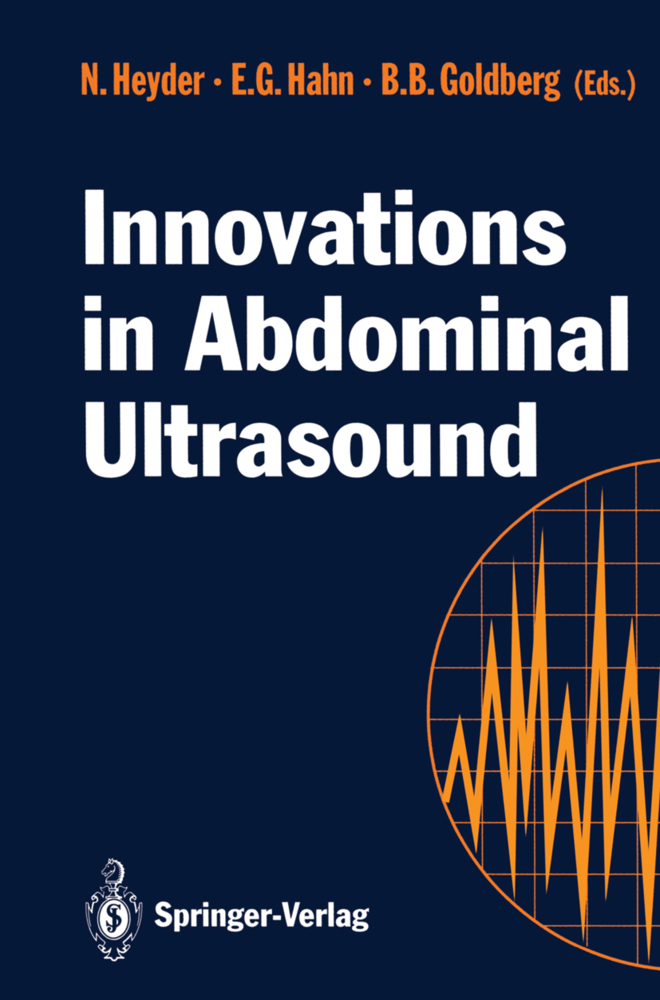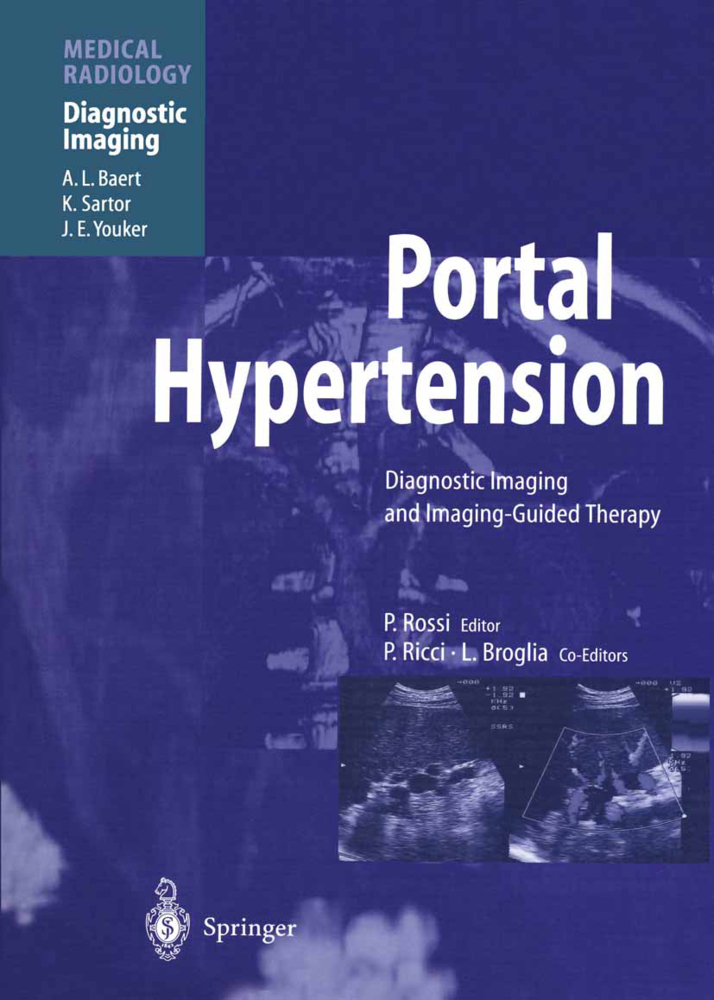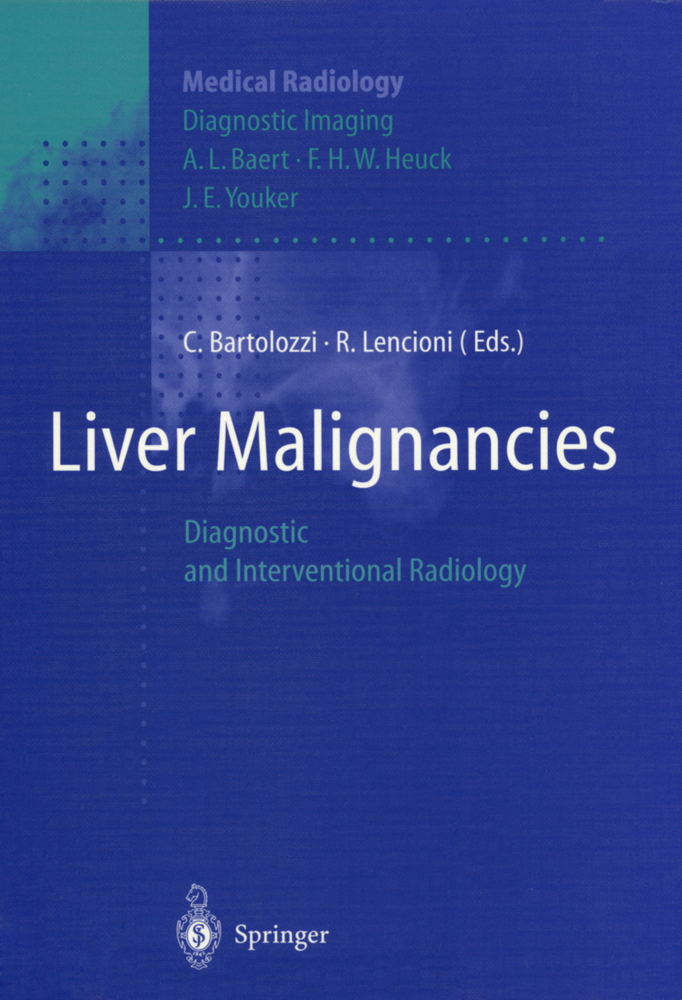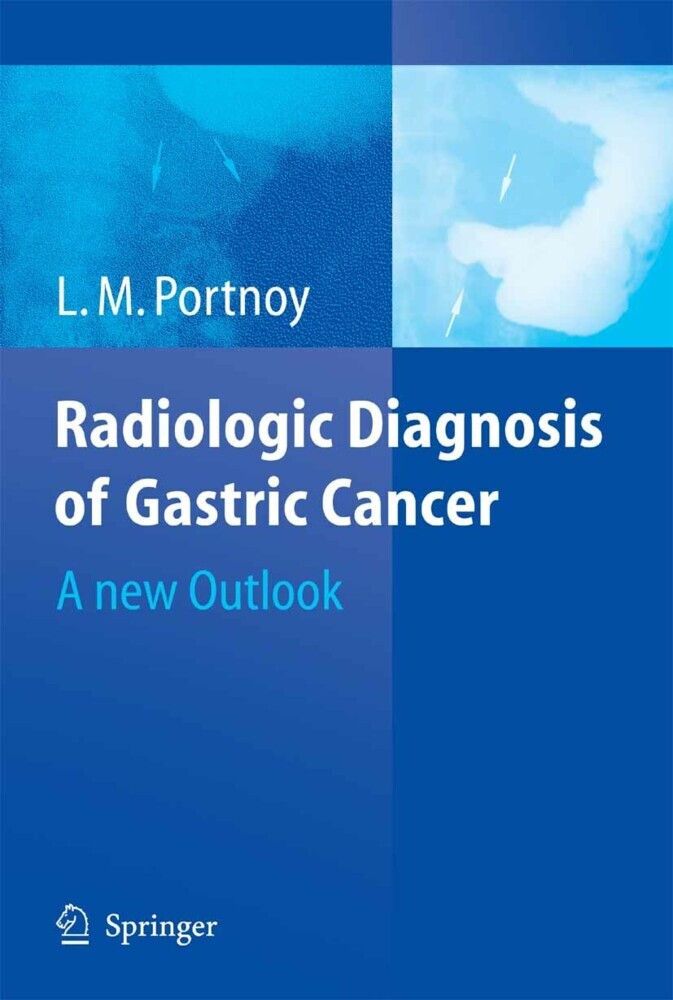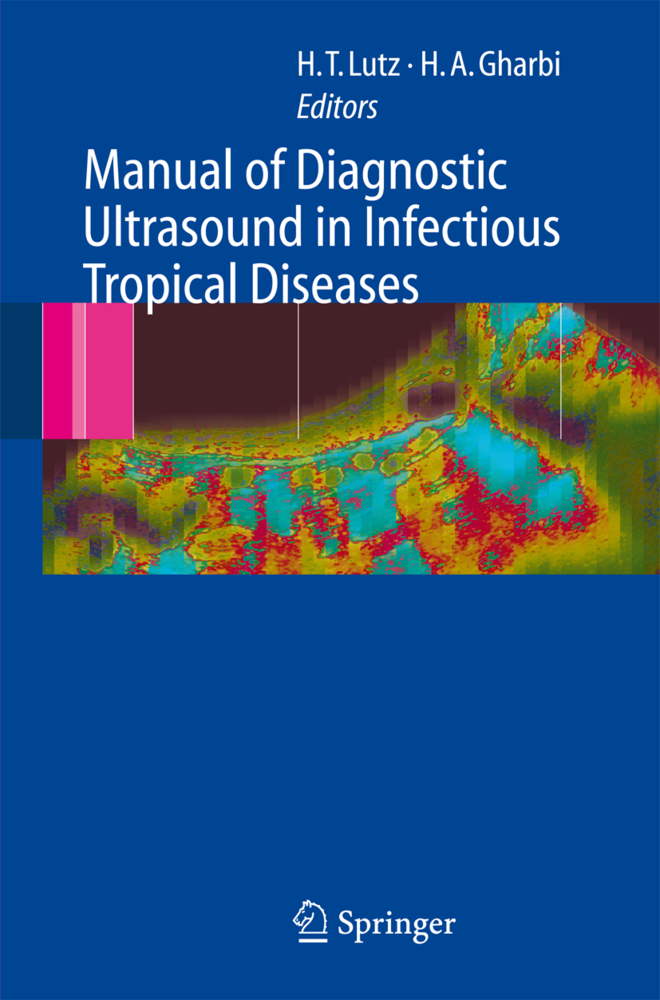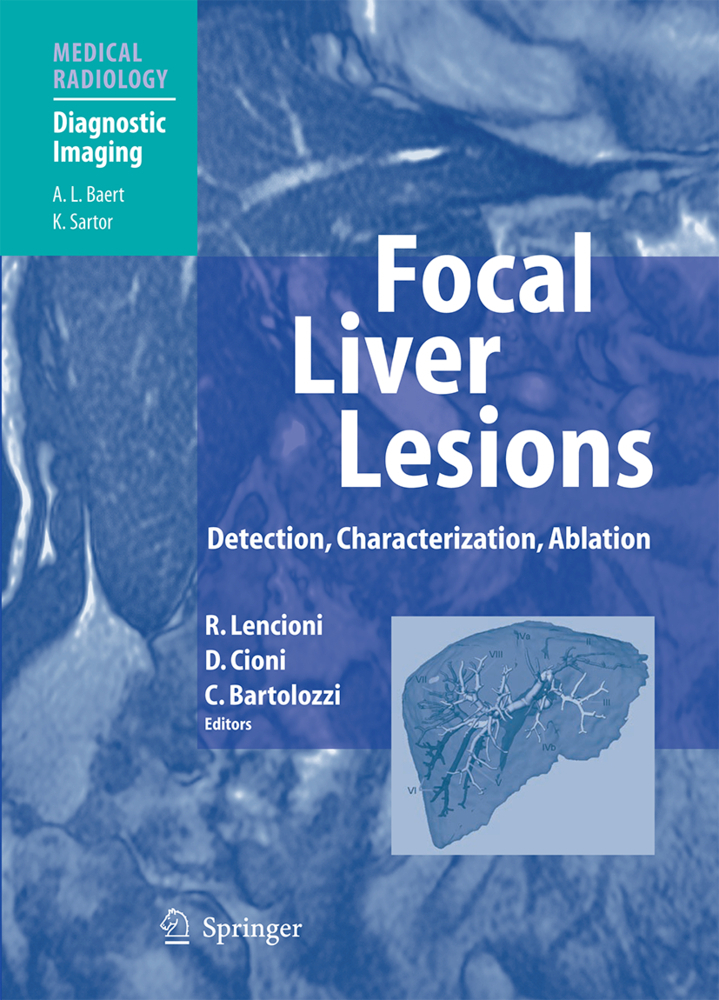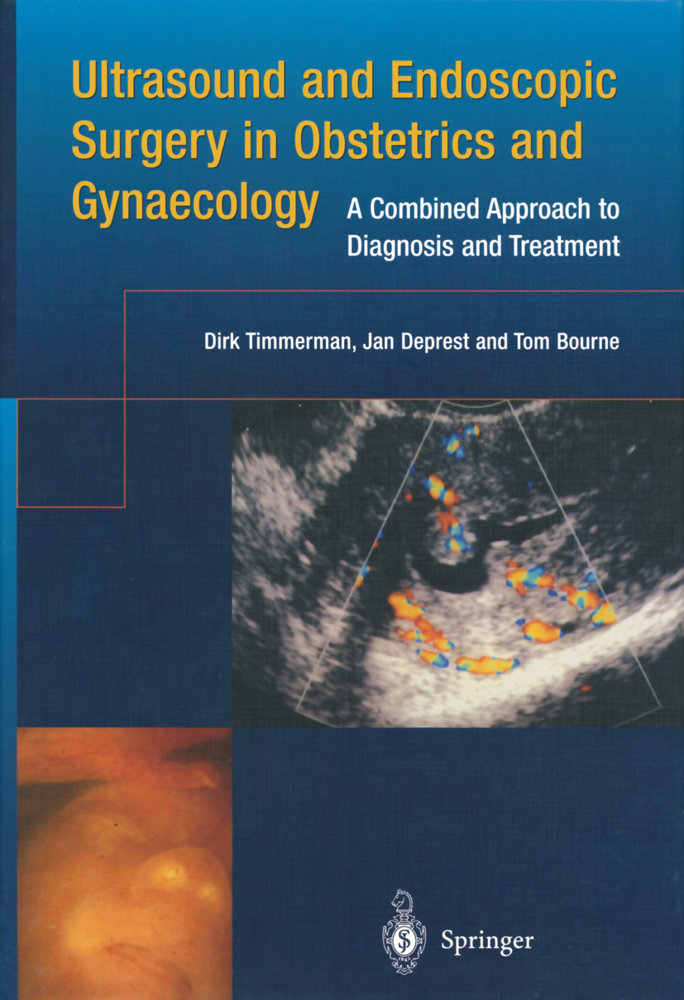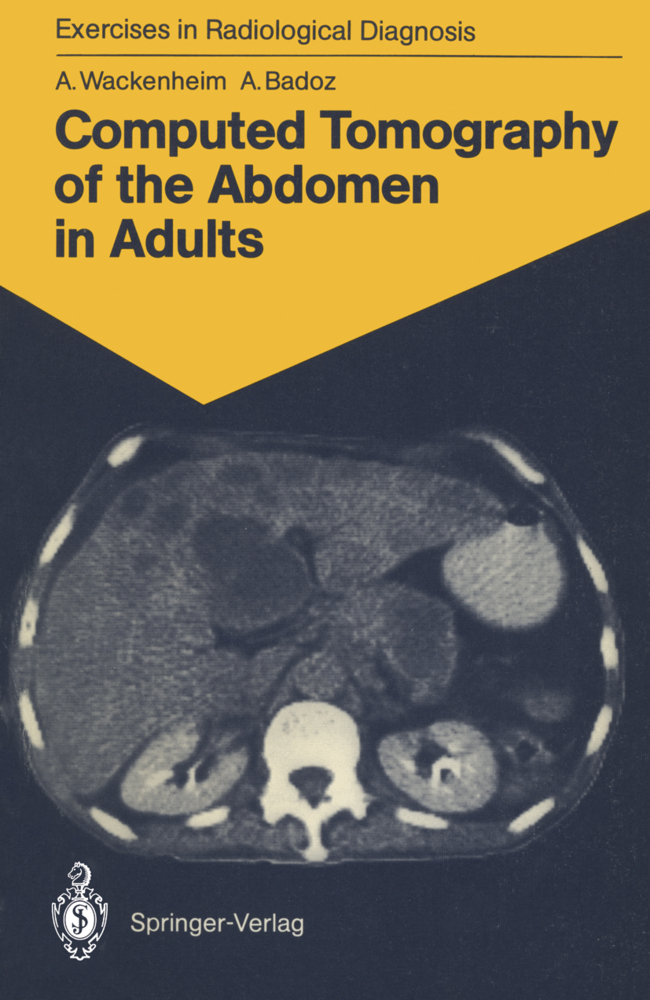Ultrasound of Appendicitis
and Its Differential Diagnosis
Ultrasound of Appendicitis
and Its Differential Diagnosis
It is remarkable that until recently sonographic studies of the bowel have not reached the diagnostic level that sonography has attained for other parts of the gastrointestinal tract. Gas posed the major ob stacle to obtaining consistent quality results. Julien Puylaert has de veloped a graded-compression technique which is not only able to eliminate gas artifacts, but also - by reducing the distance between the transducer and the bowel - allows the use of high-frequency transducers. Since 1986, when we were barned by his innovative pa per on sonographic evaluation of acute appendicitis, he has demon strated the eminent diagnostic impact of sonography in right lower quadrant pathology in a great number of publications; his excellent diagnostic results have been confirmed by numerous other authors. I have reflected on the conditions that were the basis for this re velatory development in gastrointestinal sonography. The enthusiasm and dedication that Julien Puylaert shows toward diagnostic radiolo gy are unsurpassed. This is a family tradition - his father, Professor Carl Puylaert, is a honorary member of the Radiological Society of North America. Furthermore, the younger Dr. Puylaert has the good fortune to work with associates in the Westeinde Hospital who under stood at an early point what was going on; they made it possible for him to devote much of his time to his beloved subject. Finally, he has always been convinced that the whole sonographic examination should be performed by the radiologist.
2.1 Anatomy
2.2 Pathophysiology
2.3 Epidemiology
2.4 Clinical Diagnosis
2.4.1 Patient History
2.4.2 Physical Examination
2.4.3 Laboratory Findings
2.5 Recurrent Attacks of Acute Appendicitis
2.5.1 Chronic Appendicitis
2.6 The Problem of the Appendiceal Mass
2.7 The False-Positive Clinical Diagnosis
2.8 The False-Negative Clinical Diagnosis
2.9 Differential Diagnosis
2.10 Radiological Examinations
2.10.1 Plain Films
2.10.2 Barium Enema
2.10.3 Computed Tomography
2.11 Laparoscopy
2.12 Ultrasound Examination
3 Examination Technique
3.1 Equipment
3.2 Examination Technique
3.3 Which Type of Transducer?
4 Normal Ultrasound Anatomy of the Right Lower Abdomen
5 Diagnosis of Appendicitis by Ultrasound
5.1 Acute Appendicitis
5.2 Abortive Appendicitis and Recurrent Acute Appendicitis
5.3 Appendiceal Phlegmon and Appendiceal Abscess
5.4 Ultrasound-Guided Percutaneous Drainage of the Appendiceal Abscess
5.5 Pitfalls in the Ultrasound Diagnosis of Appendicitis
5.5.1 Pitfalls Leading to a False-Negative Result
5.5.2 Pitfalls Leading to a False-Positive Result
5.6 The "Negative" Ultrasound Examination
6 Differential Diagnosis Using Ultrasound
6.1 Bacterial Ileocaecitis
6.2 Mesenteric Lymphadenitis
6.3 Gynecological Conditions
6.3.1 Ovarian Cyst
6.3.2 Salpingitis
6.3.3 Ectopic Pregnancy
6.3.4 Adnexal Torsion
6.3.5 Other Gynecological Conditions
6.4 Caecal Diverticulitis
6.5 Urological Conditions
6.6 Perforated Peptic Ulcer
6.7 Cholecystitis
6.8 Caecal Carcinoma
6.9 Crohn's Disease
6.10 Sigmoid Diverticulitis
6.11 Segmental Omental Infarction
6.12 Other Conditions
7 Indications and Clinical Impact
References.
1 Introduction
2 Review of the Literature2.1 Anatomy
2.2 Pathophysiology
2.3 Epidemiology
2.4 Clinical Diagnosis
2.4.1 Patient History
2.4.2 Physical Examination
2.4.3 Laboratory Findings
2.5 Recurrent Attacks of Acute Appendicitis
2.5.1 Chronic Appendicitis
2.6 The Problem of the Appendiceal Mass
2.7 The False-Positive Clinical Diagnosis
2.8 The False-Negative Clinical Diagnosis
2.9 Differential Diagnosis
2.10 Radiological Examinations
2.10.1 Plain Films
2.10.2 Barium Enema
2.10.3 Computed Tomography
2.11 Laparoscopy
2.12 Ultrasound Examination
3 Examination Technique
3.1 Equipment
3.2 Examination Technique
3.3 Which Type of Transducer?
4 Normal Ultrasound Anatomy of the Right Lower Abdomen
5 Diagnosis of Appendicitis by Ultrasound
5.1 Acute Appendicitis
5.2 Abortive Appendicitis and Recurrent Acute Appendicitis
5.3 Appendiceal Phlegmon and Appendiceal Abscess
5.4 Ultrasound-Guided Percutaneous Drainage of the Appendiceal Abscess
5.5 Pitfalls in the Ultrasound Diagnosis of Appendicitis
5.5.1 Pitfalls Leading to a False-Negative Result
5.5.2 Pitfalls Leading to a False-Positive Result
5.6 The "Negative" Ultrasound Examination
6 Differential Diagnosis Using Ultrasound
6.1 Bacterial Ileocaecitis
6.2 Mesenteric Lymphadenitis
6.3 Gynecological Conditions
6.3.1 Ovarian Cyst
6.3.2 Salpingitis
6.3.3 Ectopic Pregnancy
6.3.4 Adnexal Torsion
6.3.5 Other Gynecological Conditions
6.4 Caecal Diverticulitis
6.5 Urological Conditions
6.6 Perforated Peptic Ulcer
6.7 Cholecystitis
6.8 Caecal Carcinoma
6.9 Crohn's Disease
6.10 Sigmoid Diverticulitis
6.11 Segmental Omental Infarction
6.12 Other Conditions
7 Indications and Clinical Impact
References.
Puylaert, Julien B.C.M.
Orth, J.Odo Op den
| ISBN | 978-3-642-84223-8 |
|---|---|
| Artikelnummer | 9783642842238 |
| Medientyp | Buch |
| Auflage | Softcover reprint of the original 1st ed. 1990 |
| Copyrightjahr | 2011 |
| Verlag | Springer, Berlin |
| Umfang | XII, 118 Seiten |
| Abbildungen | XII, 118 p. 84 illus. |
| Sprache | Englisch |

